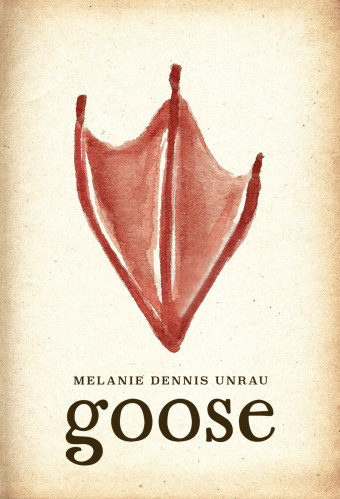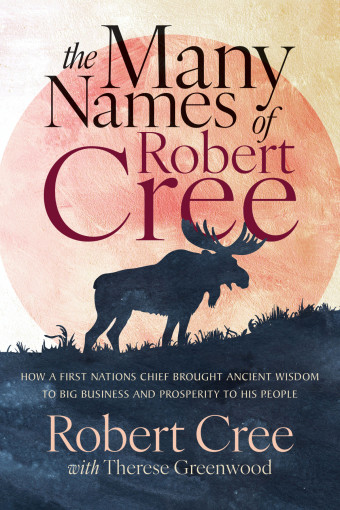In 1990, Candace Savage entered her new home in Saskatoon, Saskatchewan, with her then 11-year-old daughter, Diana, to begin a new life. The wood-framed house built circa 1928 was, as the author describes it in her latest book Strangers in the House: A Prairie Story of Bigotry and Belonging, “in need of care and attention.”
Yet, there was something about this corner-lot house on a quiet street that delivered a sense of tranquility for Savage, who left the Prairies years earlier following the sudden death of her young husband.

- Strangers in the House
- Candace Savage
- Greystone Books
- $32.95 Hardcover, 248 pages
- ISBN: 978-17-71642-04-0
She became curious about its history when one day Diana brought a scrap of paper, listing the heads of the household from the very beginning, home from a local library. Savage was noted as the most recent.
“That’s when I felt the need to learn more,” says Savage, the author of 28 books, including a picture book called Hello, Crow, also being released this fall.
That scrap of paper revealed that the first to inhabit the house was a French family, the Blondins. This was startling to Savage. In the 1920s, folk like Napoléon Sureau dit Blondin were considered “undesirable” by society.
This family’s presence in the house became even more real when Savage and her new partner made renovations to the house, and inside a wall discovered a treasure trove of clues, from tattered pages of a cookbook to a valentine. Still, she didn’t know whether these bits of a life were those of the Blondin family until she noticed a smudged, yet legible, childish signature of Ralph Blondin, one of the sons of Napoléon.
Savage began to research, tracing the family’s moves from Ontario to small-town Saskatchewan – where Napoléon, his father, and his brothers tried to make a successful life as landowners and farmers – and eventually to Saskatoon.
Using the Blondin family as a focal point, Savage presents an in-depth history of French-speaking Canadians outside of Quebec, and of the constant bigotry and conflict they experienced as white Anglo-Saxon Protestants fought to “Keep Canada British.”
Savage describes the arrival of settlers from England in 1903 as the beginning of “an enclave of white Anglo-Saxon Protestantism. A WASP nest.” She explains that immigrants from other parts of Europe came to Saskatoon a few years later where the welcome mat was not always out.

So, what, then, was the Blondin family doing living in this house on the “respectable” east side of the city?
“I had to find out more about them and how they existed in such times,” she says, explaining how the young family had to adopt anglicized names and stop speaking their language at a time when the Orange Order and Ku Klux Klan had a presence.
Much to Savage’s surprise and delight, Napoléon’s descendants made contact with her after learning she had been scouring the Internet for information. She visited with Ralph’s daughters and Ralph’s brother Charles, the youngest son of Napoléon.
“Apparently, I left enough breadcrumbs online for them to connect with me,” Savage says. “I have since seen pictures and heard so many amazing stories.
“This has been both an excavation and a revelation for me.”













